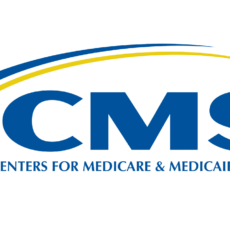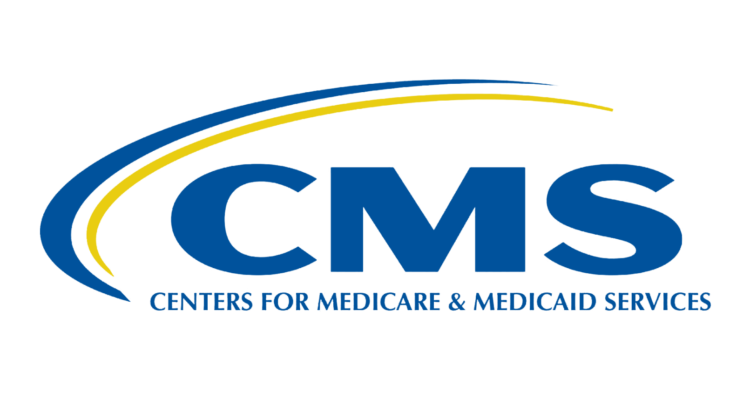
April 12, 2021
Read All This Or Pay Us Less then $1,000 To Keep You Compliant

The Emergency Preparedness Final Rule (81 Fed. Reg. 63860, September 16, 2016) sets out
requirements for all providers and suppliers in regards to planning, preparing and training for
emergency situations. The rule includes requirements for emergency plans, policies and
procedures, communications and staff training. While there are minor variations based on the
specific provider type, the rule is applicable to all providers and suppliers. The emergency
preparedness requirement is a Condition of Participation/Condition for Coverage which covers
the requirement for facilities to have an emergency preparedness program.
Discussion
CMS is adding “emerging infectious diseases” to the current definition of all-hazards approach.
After review, CMS determined it was critical for facilities to include planning for infectious
diseases within their emergency preparedness program. In light of events such as the Ebola Virus
and Zika, we believe that facilities should consider preparedness and infection prevention within
their all-hazards approach, which covers both natural and man-made disasters.
Memorandum Summary
Additionally, since the release of the Interpretive Guidelines for Emergency Preparedness in
2017, stakeholders and providers have asked for additional clarifications related to
portable/mobile generators. CMS has added guidance under Tag E0015- Alternate Source Power
as well as clarifications under Tag E0042- Emergency Standby Power Systems. Facilities should
use the most appropriate energy source or electrical system based on their review of their
individual facility’s all-hazards risks assessment and as required by existing regulations or state
requirements. Regardless of the alternate sources of energy a facility chooses to utilize, it must
be in accordance with local and state laws, manufacturer requirements, as well as applicable Life
Safety Code (LSC) requirements.
If a facility risk assessment determines the best way to maintain temperatures, emergency
lighting, fire detection and extinguishing systems and sewage and waste disposal would be
through the use of a portable and mobile generator, rather than a permanent generator, then the
LSC provisions such as generator testing, maintenance, etc. outlined under the National Fire
Protection Association (NFPA) guidelines requirements would not be applicable, except for
NFPA 70 – National Electrical Code. However, the revisions, as the provisions under emergency
preparedness themselves, do not take away existing requirements under LSC, physical
environment or any other Conditions of Participation that a provider type is subject to (for
example to maintain safe and comfortable temperatures).
Finally, in addition to minor technical edits, CMS has also made the change to the HHA citations
from 482.22 to reflect the regulatory citation 484.102.
Contact: For questions regarding the Emergency Preparedness Rule, please contact
SCGEmergencyPrep@cms.hhs.gov.
Effective Date: Immediately. The information provided in this memorandum should be
communicated with all survey and certification staff, their managers and the State/Regional
Office training coordinators within 30 days of this memorandum.
/s/
Karen Tritz
Acting Director
Leave a comment